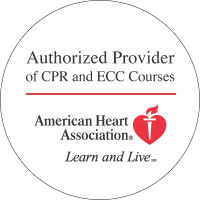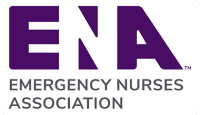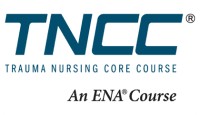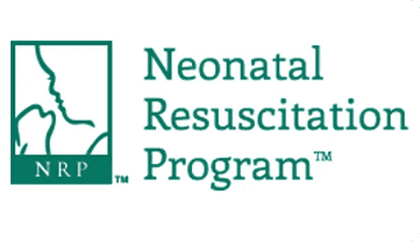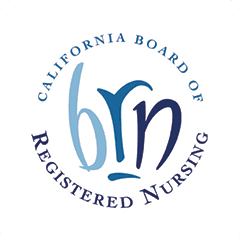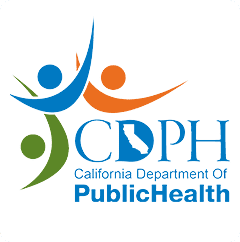It can be scary to take an Advanced Cardiac Life Support class for the first time. You may feel totally out of your element and may feel as if you know less than any of the others around you. While these feelings of low confidence are normal, you can do some things yourself to improve your experience. Specifically, you can follow these five tips to help you ace your certification exam the first time you take it.
Learn to Recognize EKGs
One of the most difficult aspects of the test for many health care workers is the EKG portion. While textbook EKG rhythms can be easy to determine, the ones that are provided on the tests come from real incidents and may not be as perfectly displayed. You must know how to measure each portion of the rhythm especially for heart blocks and bradycardia and should be able to recognize ventricular tachycardia and ventricular fibrillation quickly for your mock scenarios. Basic EKG interpretation is vital for choosing the correct algorithm.
Memorize the Algorithms
Speaking of algorithms, you’re going to need to have these memorized as well both for the written and hands-on portions of your exam. In real life, you’ll often have a sheet in front of you if you are leading the code that tells you exactly what to do and what medication to give based on your EKG interpretation. For your test, the most important algorithm to know is the cardiac arrest algorithm, which will begin with a pulseless V-Tach or V-Fib rhythm.
Practice Scenarios Repeatedly
During your ACLS class, you’ll have plenty of time to work through scenarios at a variety of stations. Be sure to take advantage of these situations. Don’t be the person who stands by and lets your team do most of the work. Be sure to look at these sessions as learning experiences, and ask questions at the end if you did not understand part of what happened. You can also practice case scenarios on your own from your study book.
Pay Attention to the “Less Important” Sections
While the cardiac arrest, symptomatic bradycardia and tachycardia algorithms seem like the most important parts of ACLS and are most likely the ones that will show up most frequently on your exam, don’t forget to pay attention to the other smaller sections, such as the stroke algorithm or the areas about CO2 monitoring or therapeutic hypothermia. These sections will most likely show up in some form on your written examination and will certainly come in handy in your daily practice.
Study, Study, Study
The most obvious but possibly the most forgotten tip is to study. Start studying several days if not weeks in advance to ensure that the information is thoroughly integrated into your brain. Choose a buddy from your class so that you can quiz each other and run each other through scenarios. Be sure to study in short spurts rather than cramming everything into one or two study sessions.
Some of these tips may seem obvious. However, there are always some students who hope to come into the ACLS class for the first time ever and ace the exam without any prior preparation. Not only is it unlikely that these individuals will pass initially, but also this is a very shoddy practice for health care workers who are dedicated to ethical behavior.
When you sign up, remember that it’s not just your career resting on your ACLS certification. The lives of the hundreds of patients who come into your circle of care also rest on your knowledge and expertise.


